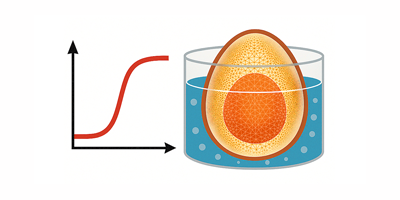Wolfram Research at the Fall 2009 American Chemical Society National Meeting and Exposition
I am always intrigued by the many ways people use Mathematica. But it was even more exciting to be a part of the American Chemical Society Fall 2009 National Meeting and hear the true excitement and awe of our users’ latest discoveries of what is possible in Mathematica. I also had a lot of fun introducing new users to our software!
In August, we traveled to ACS in beautiful Washington, DC, USA. The ACS meeting brought together the largest scientific society and its members’ families, colleagues, and students. It provided an ideal venue to demonstrate Mathematica‘s capabilities in chemistry and chemical engineering. We demonstrated a broad range of features, including Mathematica 7‘s fully curated chemical, genomic, and proteomic data, built-in parallelization capabilities, and unsurpassed modeling and visualization capabilities. The ability to visualize any data as well as update it on the fly has bridged a gap many researchers and scientists have had to work around when using other tools. You can even rapidly develop and test algorithms as well as generate accurate structural renderings in 2D and 3D using the integrated data, which is easy to retrieve programmatically.

One of the examples we showed at the Wolfram booth was how to return all property information for a single chemical. To do so, we wrote a short function that collected all the properties for a chemical, added a column with the property names, removed any missing data—some properties are just for liquids, some for solids, and so on—and created output as a styled table that could be used as a chart in a laboratory. For example:

And here’s its output (click to see the whole thing):
![Chemical Properties["Cylohexanol"] Chemical Properties["Cylohexanol"]](https://content.wolfram.com/sites/39/2009/10/ACS41.bmp)
The meeting had over 14,000 people in attendance, and at the Wolfram booth we were busy for all the meeting days—at least 20% of the attendees spent time with us. Looks like San Francisco, California will be the place for the Spring 2010 ACS Meeting in March. You know we’ll be there, and it is certain we’ll have new stuff to talk about. Mark your calendars and we’ll see you then!




The database of inorganic compounds is not as big as I need it to be sometimes. A lot of sulfur, posphorus and nitrogen acids are missing.